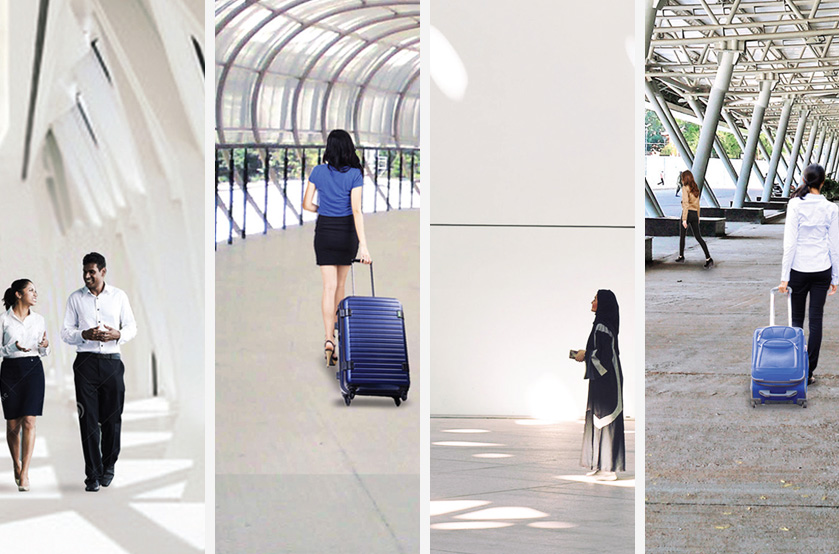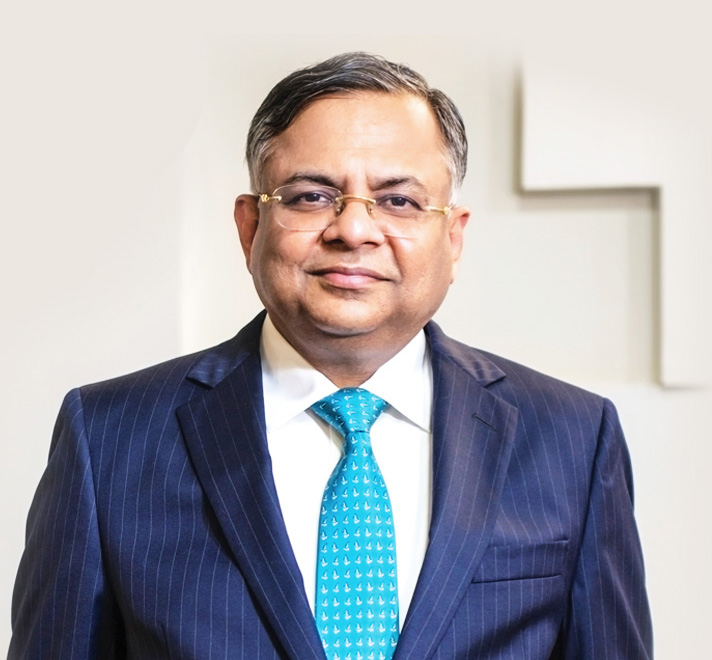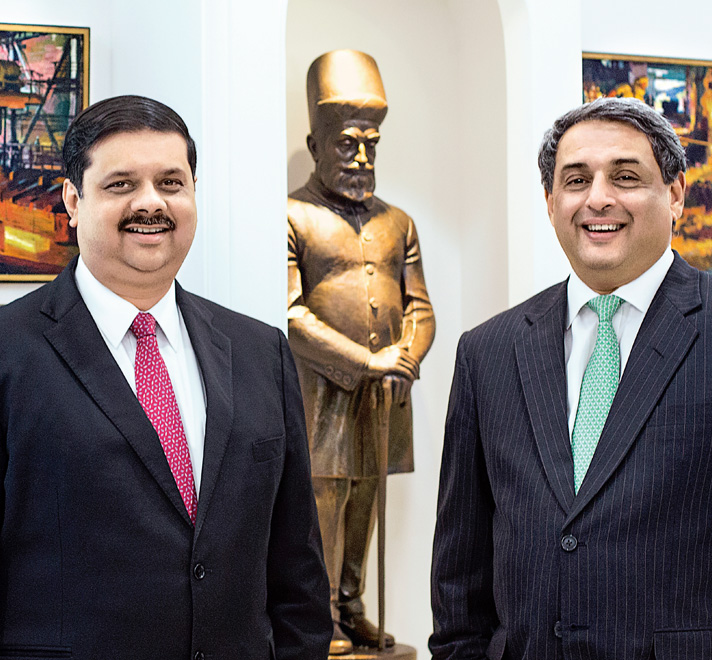Company Overview
We are in the business of
steel-making for the last 111 years
Established in Jamshedpur, India in the year 1907, Tata Steel is part of the 150-year-old Tata group. Bringing to reality the vision of its founder, J. N. Tata, who inspired the steel and power industry in India, the Tata Steel Group is the 10th largest steel manufacturer in the world and is known to be the hallmark of corporate citizenship and business ethics.
KNOW MOREDeliveries
Employees
Revenue 13% increase y-o-y
EBITDA 29.5% increase y-o-y
Profit After Tax (PAT)
Improvement in Lost-time Injury
Frequency Rate (LTIFR) over
FY 2016-17













